📈 180,000 NYC TLC Drivers
Regulator needs to enforce strict vehicle supply cap and likely limit new TLC driver licenses. Limiting vehicle and driver supply will eliminate need for utilization rate (UR) and risk of lockouts
There are now over 180,000 active NYC TLC-licensed, for-hire transportation drivers and ~4,000 pending driver license applications
With ~109,000 TLC-plated vehicles and ~13,500 total taxi medallions, increasing NYC for-hire vehicle supply could be disastrous
Capping or limiting number of newly issued TLC driver licenses should also be considered, an idea previously championed by several driver advocates
Regulator should get rid of utilization rate (UR)-based pay formula and instead strictly enforce FHV License Pause and revise its driver licensing regime, given sub-53% industrywide UR and potential risk of driver lockouts
TLC drivers that meet certain trip and experience thresholds should be able to claim their own TLC Plates via reissuance of existing FHV Licenses (natural attrition), with an annual limit on TLC Plate reissuances
There are now over 180,000 licensed NYC for-hire transportation (TLC) drivers and over 4,000 new additional pending TLC driver license applications. Obviously, not everyone who has a TLC driver’s license is actively working in the industry, but given there are currently about 118,000 active NYC for-hire vehicles (FHVs), including yellow cabs, a lot of driver supply can rush the market, especially if the economy weakens or specific industries like commercial real estate construction slows down.
To put the driver numbers into perspective, if every NYC TLC-licensed driver lived within the five boroughs that would mean 1 out of every 50 City residents could legally drive a cab or FHV. If you assume every TLC driver had two dependents, the number of New Yorkers and NYC area businesses that would directly be impacted by NYC TLC policy is staggering.
Yet another way to contextualize the numbers is if NYC Uber and Lyft drivers were considered employees (not arguing they should be), both companies would be among the largest employers in New York State.
Yes, as we’ve reported Uber and Lyft in NYC currently have a several month waiting list, but there’s nothing preventing the 50,000+ currently inactive, but licensed TLC drivers from working with a yellow cab or for a non-rideshare “traditional” black car or livery base. The yellow cab industry would also welcome drivers to get the over 4,000 inactive taxi medallions on the road again. In our view, any yellow cab trip market share gain due to more active taxis would likely be zero-sum in nature (trip taken away from Uber vs. market growth).
Supply & Demand
We’ve stated the following many times, in a lot our content, including podcasts (often with our friends Abe and Carolyn at NYC Taxi News). However, it’s worth repeating again.
If there is driver / vehicle supply and trip demand imbalance, the TLC needs to solve for equilibrium.
This is an easy enough concept to understand and is indeed the reason a taxi medallion system was created in the late 1930s. By the way, sometimes vehicle supply needs to be added as well.
“Fifty-three cab drivers, nearly all of them born half a world away, became entrepreneurs yesterday as the winning bidders in New York City's first sale of new taxi medallions since the Depression.”
- The New York Times. For 53, the Promise of America Fits on a Taxicab. by Richard Perez-Pena, May 11, 1996.
If you have too many cars, chasing too few trips, driver earnings will suffer. If you have too few cars, passengers and many drivers will suffer. In addition, adding more NYC-specific FHVs to already congested streets is antithetical to a longstanding, core City and State policy goal - reducing traffic congestion and encouraging people to reduce their carbon footprint by taking the subway or bus.
These are such basic and uncontroversial statements we are making, that we’re beginning to feel like we’re part of a groupthink experiment, as recent policy decisions and justifications ignore this fundamental role of the Taxi & Limousine Commission (TLC). The TLC needs to ensure vehicle supply and trip demand are in balance. Does anyone disagree with this? (if so, let us know in the comment section below).
It also should be noted, protecting the iconic NYC taxi, and in turn the City’s for-hire vehicle, franchise provided a lot of financial benefits. Medallion auctions were a unique budget weapon, a sort of City reserve asset or currency, allowing NYC to balance its books. At the same time, it attracted long-term drivers to the industry who also stood to financially benefit and become genuine business owners.
“The City of New York expects to generate $1.2 billion in revenue from the sale of new taxi medallions from fiscal years 2019 to 2023…During fiscal year 2014, the City auctioned 350 medallions, generating about $359 million.”
- The Citizens Budget Commission (CBC). Can Taxi Medallions Still Be a Billion Dollar Budget Booster?. by Ana Champeny. March 02, 2017.
We know the regulator and other political decisionmakers understand the points we’re making. They aren’t dumb and we’re not trying to imply that either. In our view, the underlying issue related to recent, flawed policy actions by the TLC is a web of politics that is very hard to fully make sense of (“the friend of my enemy, is my friend, is my enemy, is my enemy, is my friend…”).
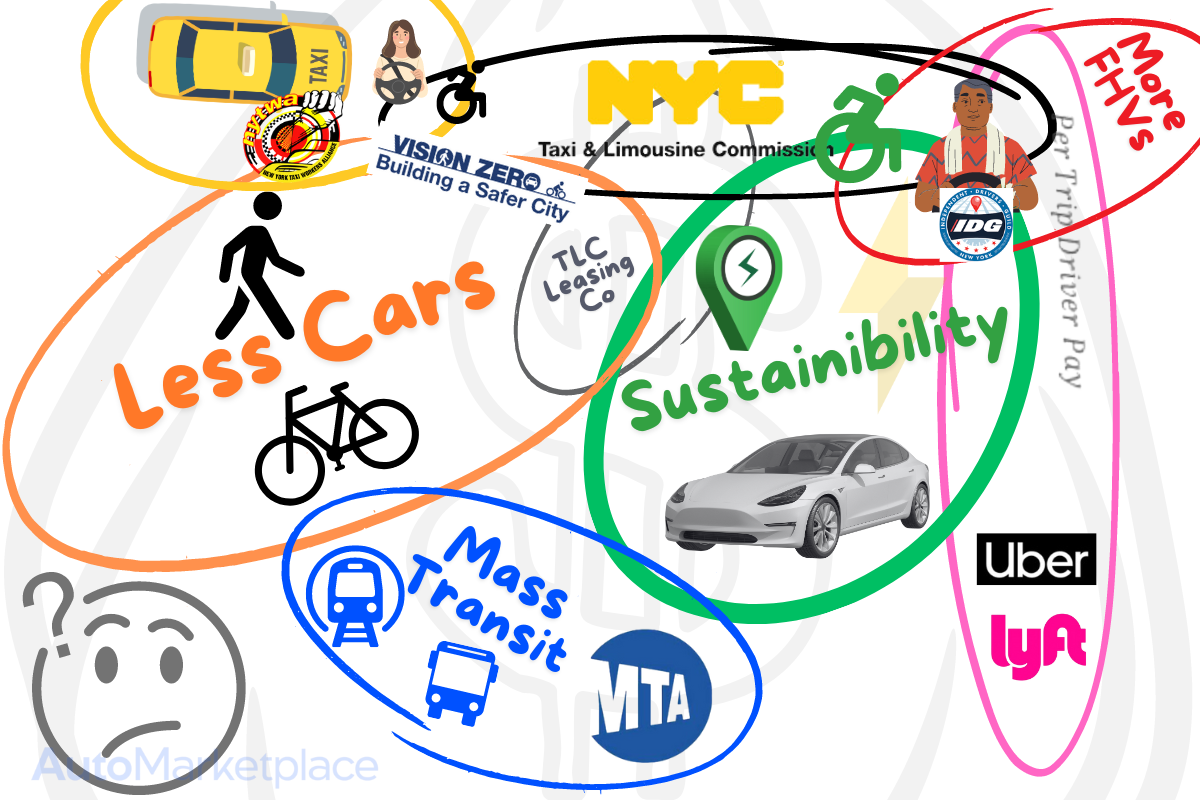
You have genuinely odd political Venn diagrams that are deeply aligned on some policies, but don’t touch on others. For example, an advocacy group like Transportation Alternatives (TA) wants less cars on the City streets and more street space converted to pedestrian-only thoroughfares, while some EV infrastructure companies want to install more curbside chargers, which would actually promote using NYC curbside space for vehicles? 🤔 The danger here is the TLC might not be seeing the forest, but just a lot of individual trees. Today, we’ll make some specific, technical suggestions for the TLC and other industry advocates to consider. Again, our opinions.
Article continues after advertisement
Now, the regulator and TLC Board might say AutoMarketplace, why does your publication keep acting like a smart 🍑. We are the TLC, we’ve addressed the issues you speak of. In fact, we’ve addressed them better than they did in the late 1930s, which saw the creation of a taxi medallion system that was eventually abused. We, the TLC, created a minimum pay formula that has built into it a utilization rate (UR) protecting driver earnings being diluted via making sure Uber and Lyft (~80% NYC trip market share) drivers are kept busy (also adjusting for annual inflation).
So, let’s start with our first suggestion. It’s time to get rid of UR.
Get Rid Of UR
We’re not going to belabor a simple concept.
If you cap for-hire vehicle supply, and enforce said cap you’re inherently protecting driver earnings. That was the whole point of the TLC Plate Cap! Adding a UR-based formula is overkill.
Along the same lines, but a point not spoken about as much.
If you cap or control how many new TLC driver licenses are issued, you’re also inherently protecting driver earnings. Adding a UR-based formula is overkill.
Killing the UR paradigm is important because our, along with many TLC drivers, fear is “lockouts” returning if the industry keeps abiding by this fairly complex and circular mechanism to solve for minimum pay. Let’s make life simple like they did in the 1930s, cap the number of for-hire vehicles, perhaps control the number of new TLC driver licenses issued and there is no need to measure UR. Driver earnings will be protected and have legitimate upside beyond the mandated minimum pay unless the TLC does not enforce the TLC Plate Cap or other proposed driver licensing limitations (see next section).
Supply and demand. Demand and supply. Let’s not try to reinvent the wheel.
TLC Driver’s License Cap
Last October we wrote a piece about Toronto City Council effectively capping the number of drivers (in turn vehicles) who could work for Uber and Lyft, which is analogous to a driver and vehicle license cap. Now, it should be noted in December 2023, Uber effectively won a case that undid the policy, but the Mayor of Toronto and Toronto City Council appear to be attempting to implement the driver cap again.
Where Toronto had pushed the envelope was capping for-hire vehicle driver licenses for Uber and Lyft, something that the Independent Drivers Guild (IDG) and other NYC driver advocates had actually been pushing for in NYC (see March 2023 TLC public hearing testimony below).
“We’re not saying you come from Nepal or you come from China, yes you can be a driver, but get on a waiting list. We can’t hand [TLC Driver Licenses] out like it’s candy…we got to bring value to it…I’m not an Uber driver, I’m not a Lyft driver, I’m a New York City Taxi & Limousine Commission driver, save my license”
- Raul Rivera, NYC TLC Driver Advocate
“You defend utilization and keep it high by throttling supply. This is, you know, basic economics, supply and demand, this is how it works…I take exception with [the] point that the TLC has no role to play in the lockouts. The role is you create the market…if you create a market that doesn’t regulate the supply of drivers you are either going to have this spiral of too many drivers, not enough have passengers or [Uber and Lyft] are going to respond with lockouts”
- Andrew Greenblatt, Executive Director, Independent Drivers Guild
We think Raul’s and Andrew’s comments are easy to understand and logical. We just wanted to note though, as outlined above, if there are over 180,000 TLC-licensed drivers today, the TLC must be careful not to run the risk of adding 60,000+ more TLC-plated vehicles to the road if the regulator repeated its October 2023 policy of fully reinstating the EV exemption to the TLC Plate Cap. Given, the excess licensed driver supply, the same policy mistake would essentially collapse the entire industry next time around (NYTWA’s TRO likely saved the market), destroy taxi medallion valuations and cause massive congestion - we think that’s a fairly uncontroversial take.
TLC Plate Reissuance
Before we conclude, and before we’re called scumbags or predators, we do appreciate long-time NYC TLC drivers who are stuck in leasing or rental arrangements, even if the arrangements are commercial. Let’s make this simple. If a NYC TLC driver has reached certain trip (i.e., 10,000 confirmed trips) and license thresholds (i.e., 5 years with an active NYC TLC driver’s license), they should have the opportunity to claim a FHV License (TLC Plate) that has been handed in. This would not increase for-hire vehicle supply. To respect the benefits of natural FHV License attrition (there’s an underlying reason someone is handing in their TLC Plate), we would also suggest adding an annual limit to how many TLC Plates can be re-issued every year.
Artificial Government Caps
Last points. Some from Uber or Lyft might think great, another group with socialist-leanings who want to create “artificial” government caps and not let laissez-faire robber baron techno-capitalism flourish. To that we say a few things. We are capitalists, but every market needs regulation and usually for good reasons. There are air rights in Manhattan for a reason and everyone understands why. Additionally, if two companies controlled 80% of a market that’s a utility-like (i.e., ConEdison) duopoly and must be regulated to prevent abuse, especially with robotaxis on the horizon.
When the taxi medallion industry had the monopoly there was regulation (i.e., lease caps) and the lesson of its collapse was perhaps certain powerful financial speculators who got involved in the industry should actually have been more regulated, not that the medallion system was inherently bad. It would be the equivalent of saying the lesson of the subprime mortgage crisis, was that banks shouldn’t have given people loans to buy houses. Many banks needed to have more regulatory oversight, especially ones that can pose a systemic threat (see recent example of Silicon Valley Bank).





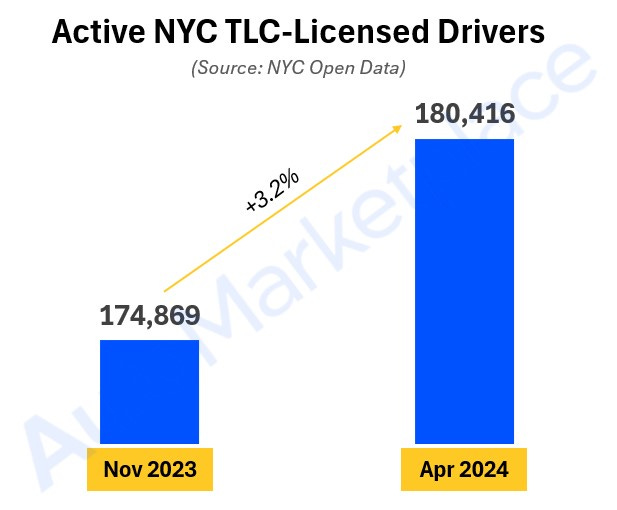
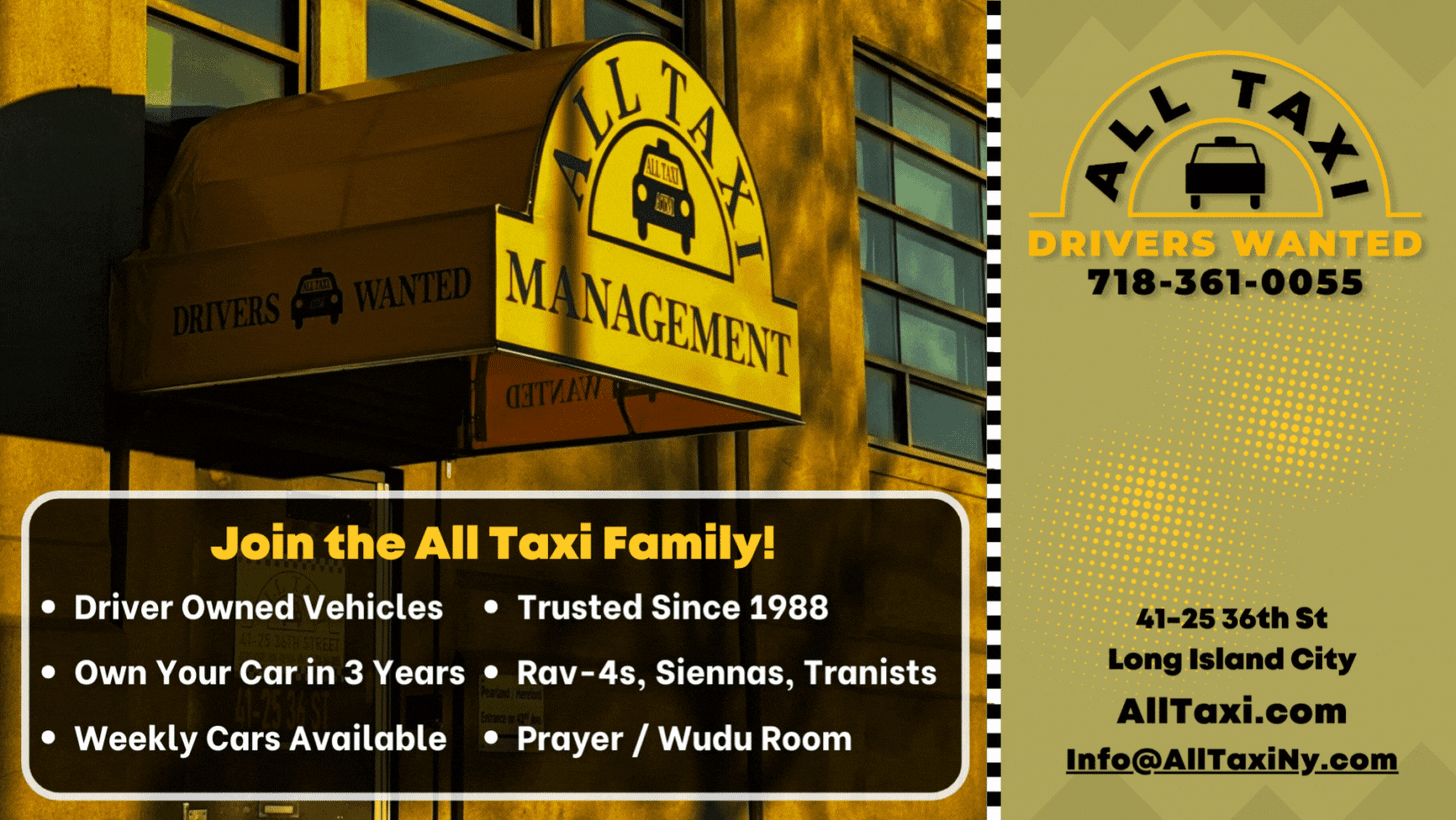
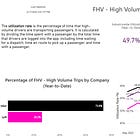
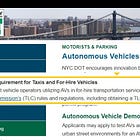
I expect UR to continue to decrease, the rides are just not there. Each and every day drivers are complaining more about how slow it is. Bankruptcy for many is inevitable
Unfortunately also I believe that without city intervention im afraid the yellow medallion will become the new green cab permit.